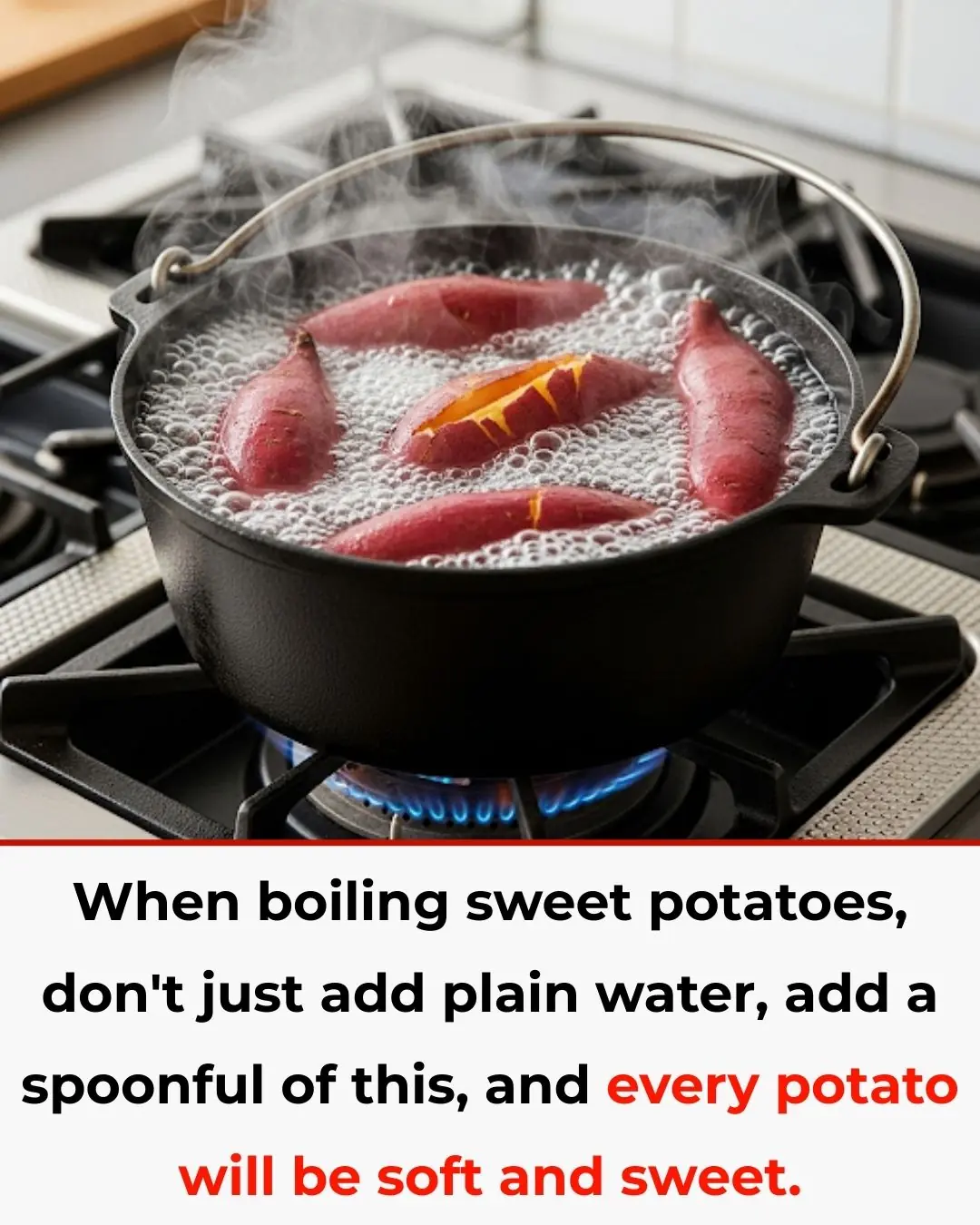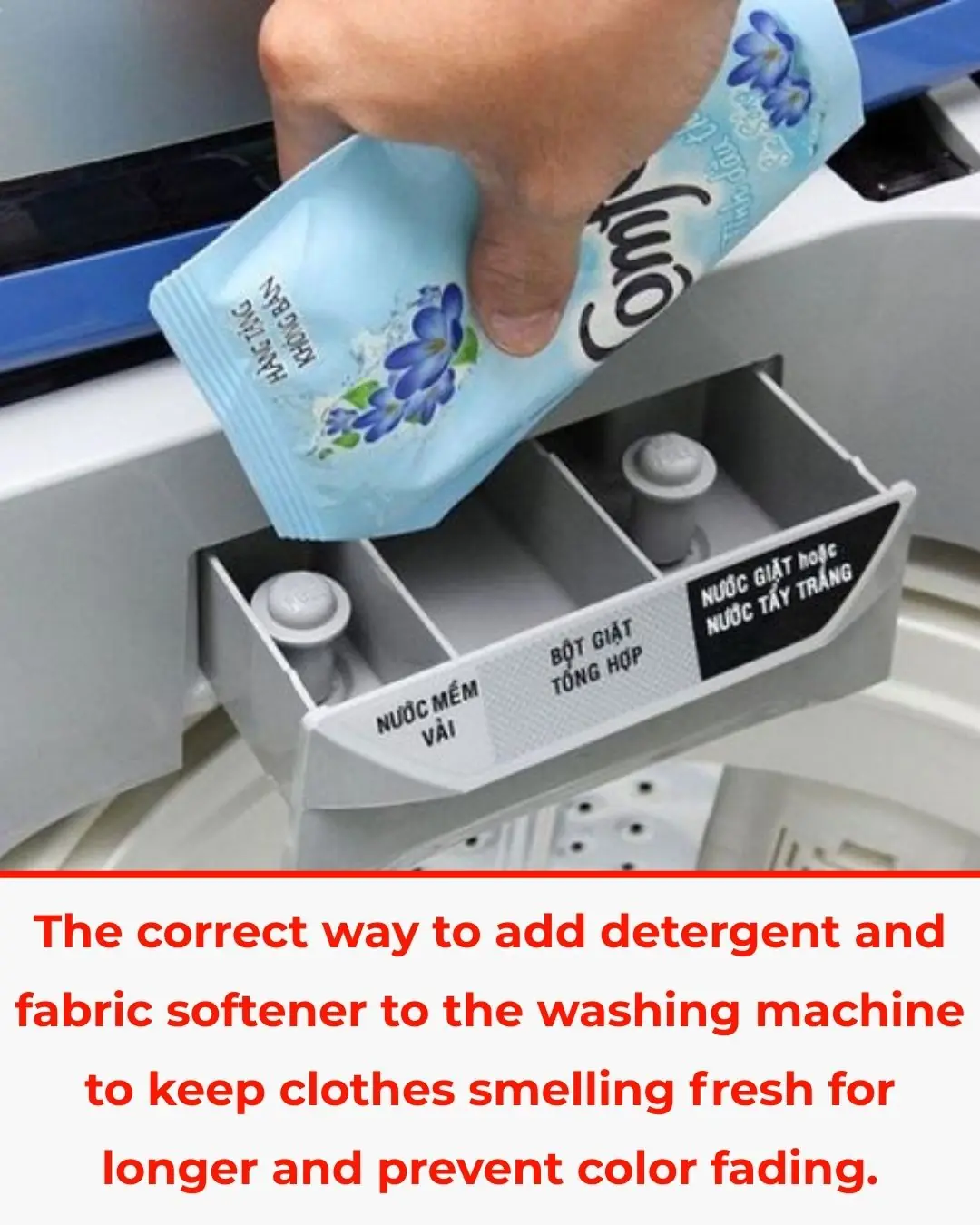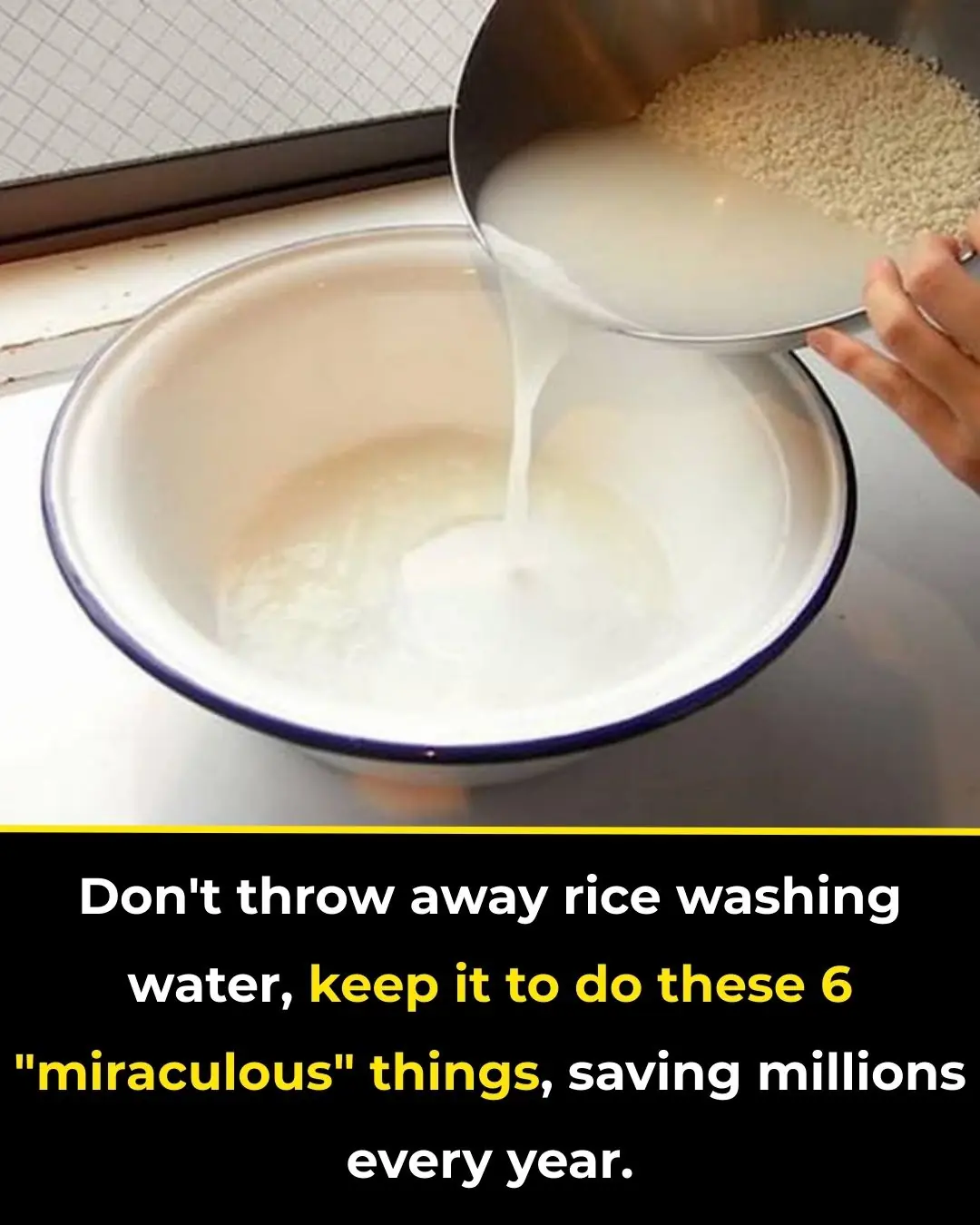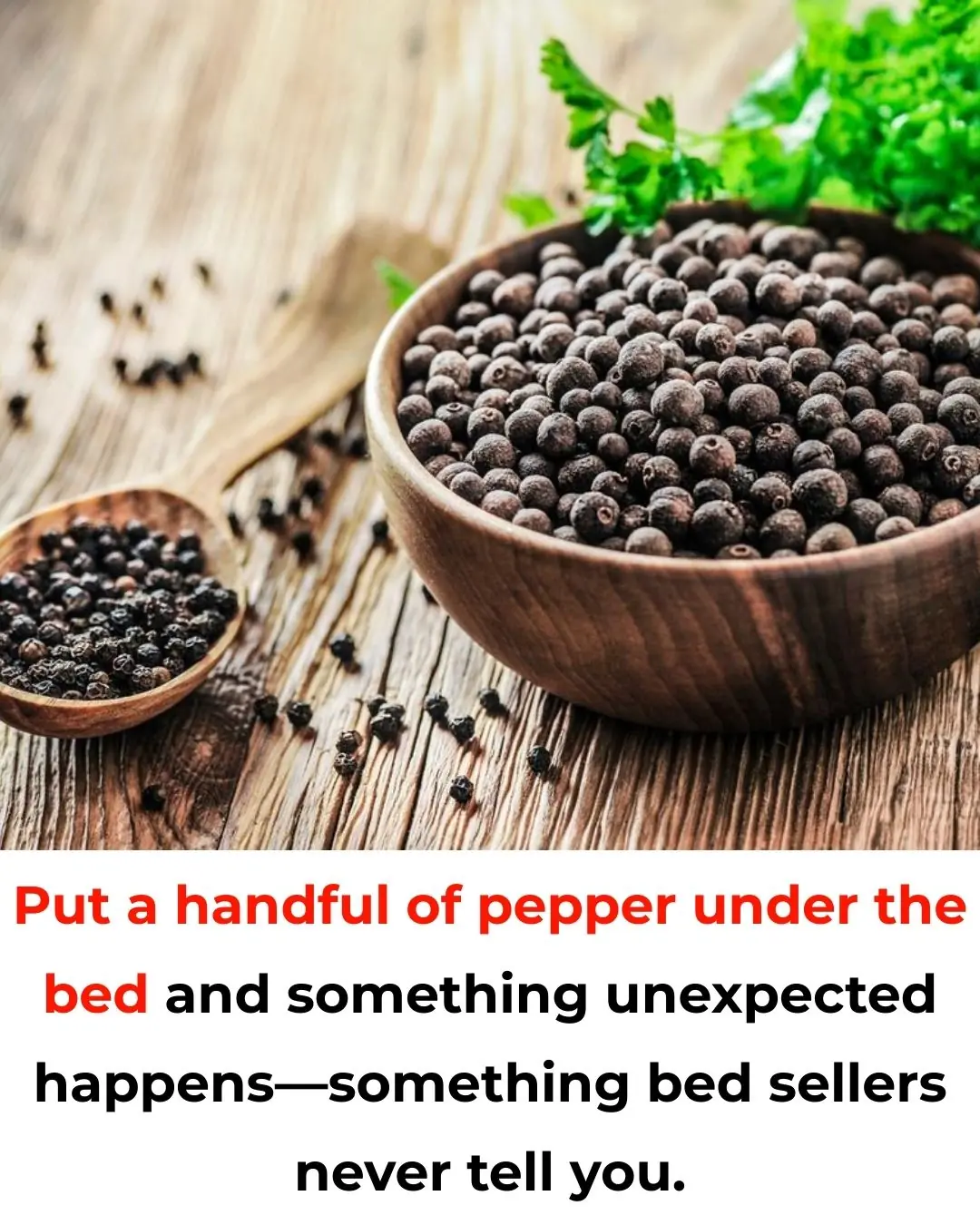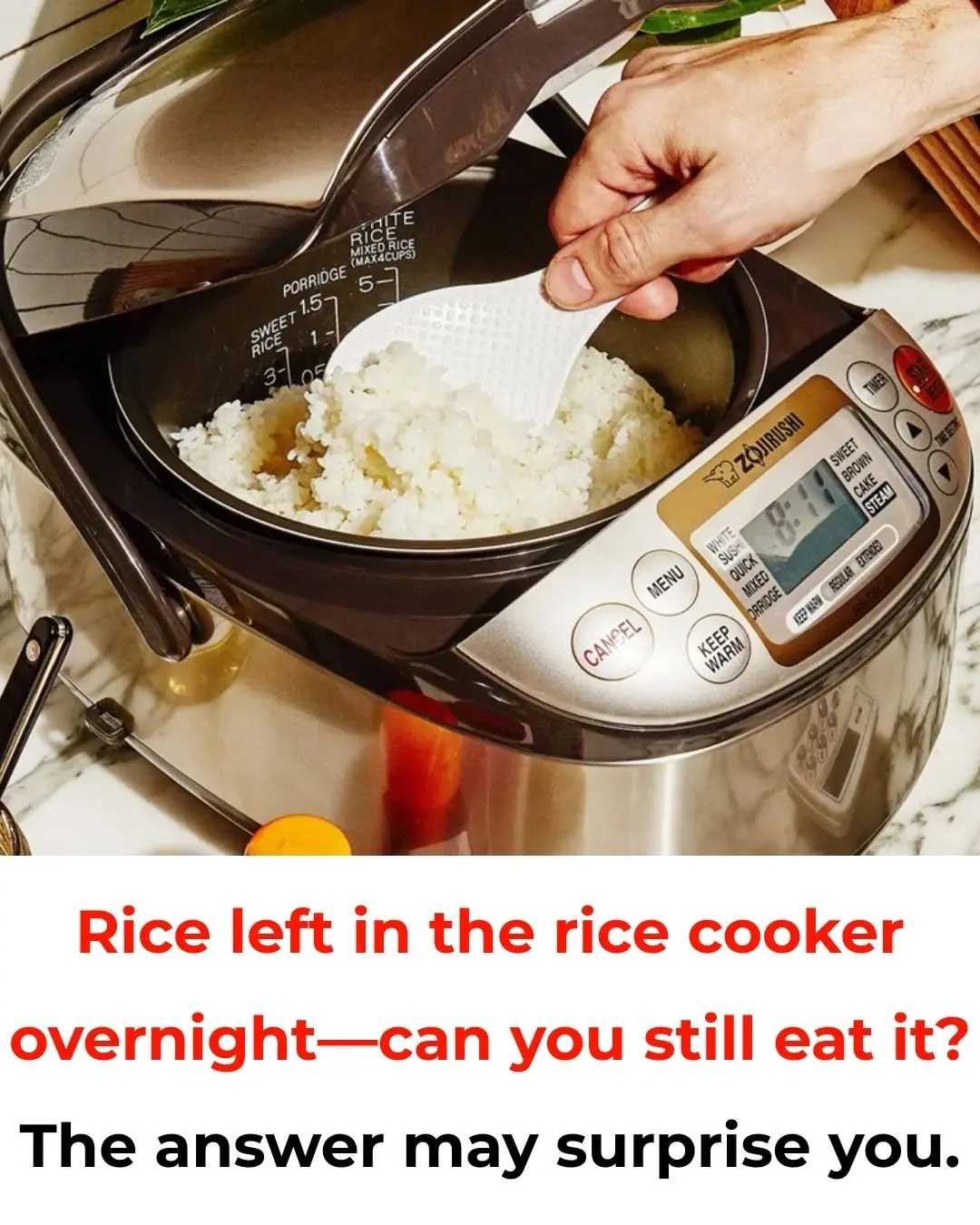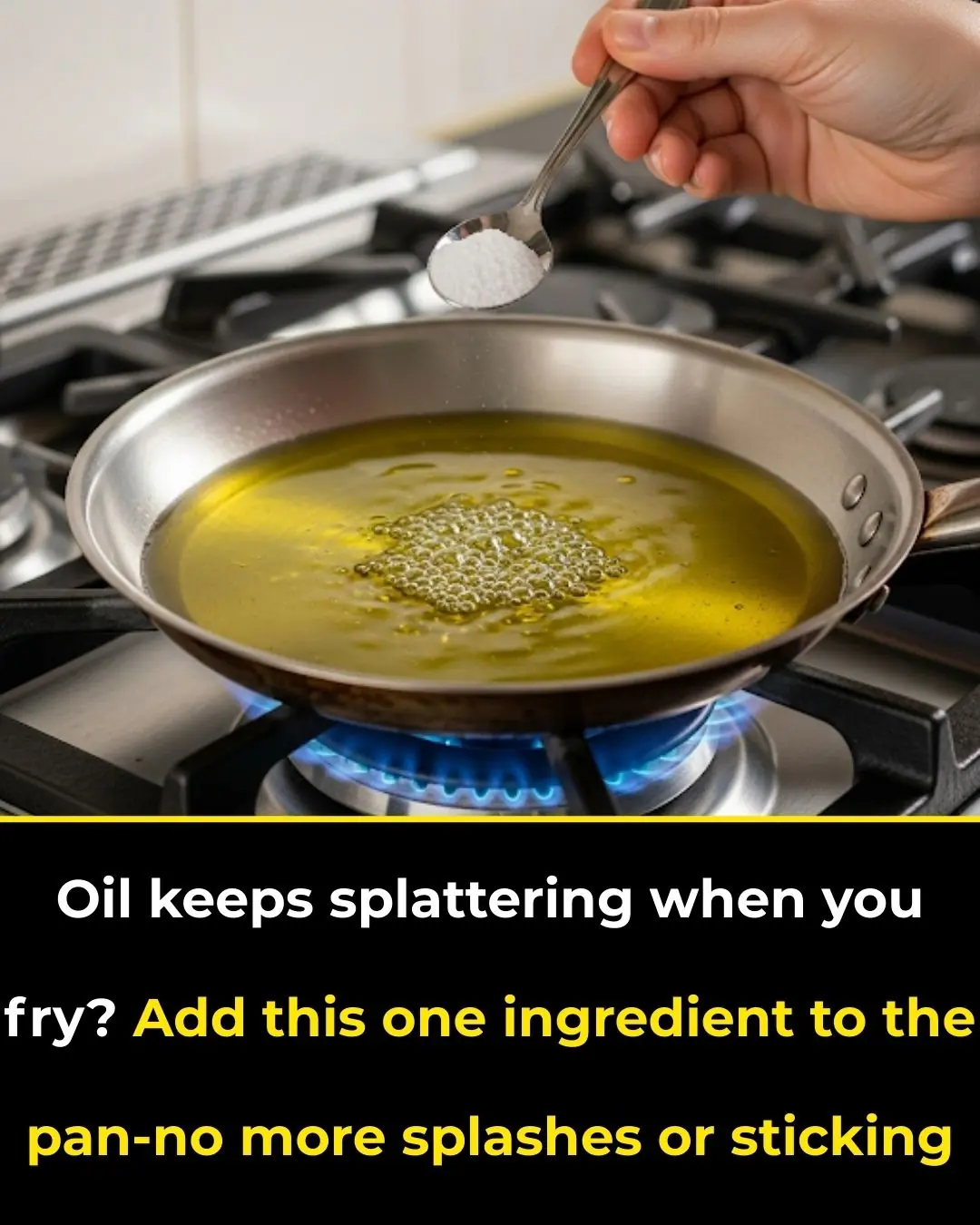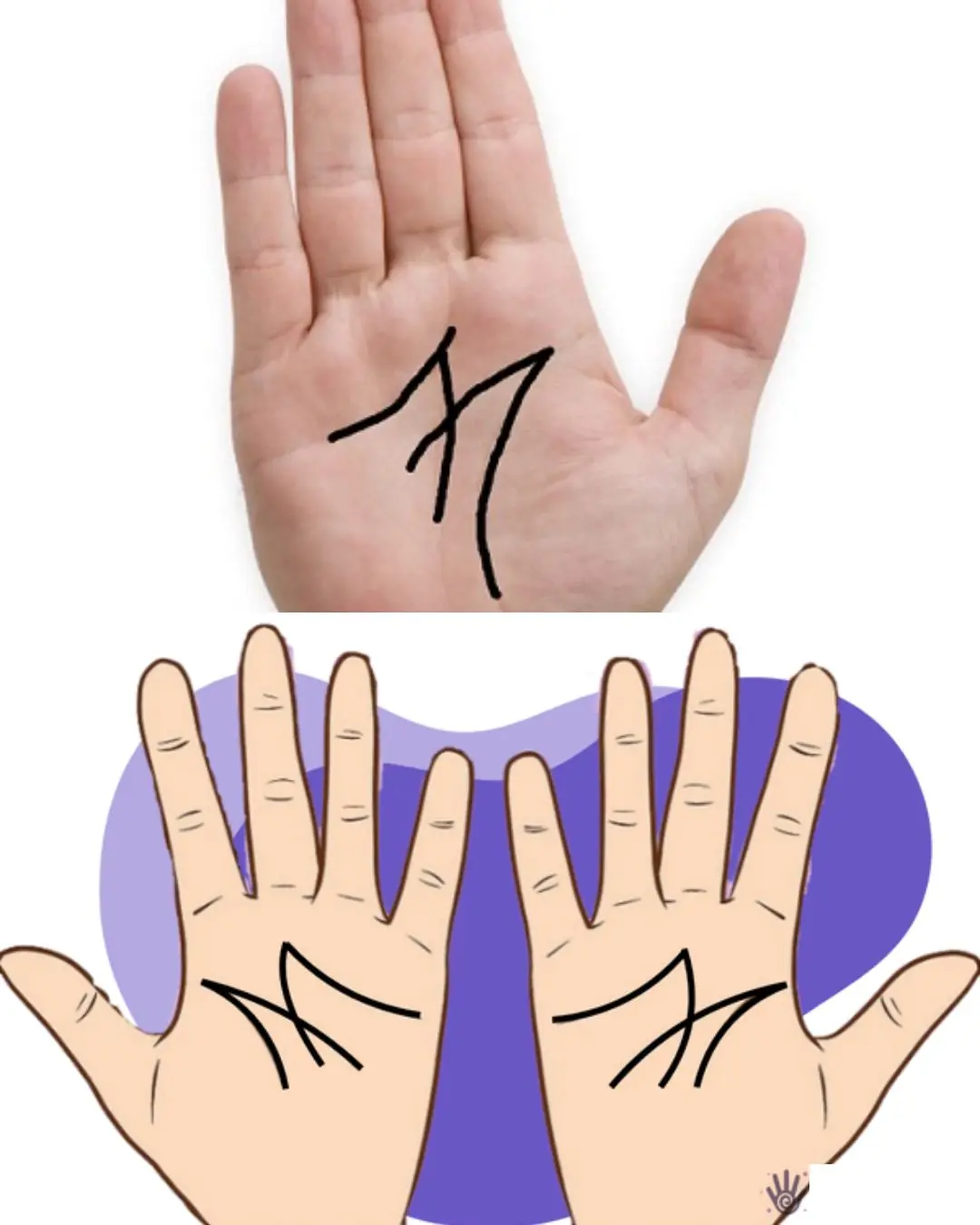Follow this method to keep your bouquet fresh for 7+ days
Plain water keeps stems hydrated—but it doesn’t feed the blooms or control the bacteria that make water cloudy and shorten vase life. Use a simple “three-part” approach: clean vase + cut/condition stems + flower food (homemade or store-bought). Here’s the exact, repeatable routine.
1) Start clean (this step alone adds days)
-
Wash the vase with hot soapy water, then rinse.
-
Disinfect: Swirl a quick rinse of water with a few drops of household bleach (then rinse well). This knocks down bacteria and algae that clog stems.
Tip: Use a narrow vase for weak stems and a wider one for sturdy or woody stems (roses, hydrangeas).
2) Mix a proper “flower food” (don’t use plain water)
You want three things in the vase:
(A) Sugar (food), (B) Acid (keeps water slightly acidic so stems drink better), (C) Gentle biocide (keeps bacteria down).
Choose one of the two safe DIY formulas below (or use a commercial packet). Do not combine bleach with vinegar or lemon juice.
Option 1 — Sugar + Acid + Peroxide (no bleach)
For 1 liter (1 quart) of room-temperature water:
-
1 teaspoon white sugar
-
1 teaspoon white vinegar or lemon juice
-
¼ teaspoon (about 1 mL) 3% hydrogen peroxide
Stir until dissolved.
Option 2 — Sugar + Bleach (no acid)
For 1 liter (1 quart) of room-temperature water:
-
1 teaspoon white sugar
-
⅛ teaspoon (just a few drops) unscented household bleach
Stir until dissolved.
Safety note: Never mix bleach with vinegar/lemon in the same solution. If you switch recipes on a refresh day, dump and rinse the vase first.
Quick backup: No sugar at home? A splash of clear, non-diet lemon-lime soda can substitute for the sugar + acid piece; still add a few drops of bleach or a dash of peroxide (never both).
3) Prep and condition the stems (so they actually drink)
-
Trim under water: Fill a bowl with clean water. Holding each stem under the surface, cut 1–2 cm (½–¾ in) off the end at a 45° angle. This prevents air from entering and instantly reopens drinking vessels.
-
Strip lower leaves: Remove all foliage that would sit below the waterline—leaves rot fast and feed bacteria.
-
Sort by type/height: Keep similar stems together so they condition evenly for 30–60 minutes in a cool, shaded spot before arranging.
Extras for tricky flowers:
-
Roses: If droopy, re-cut under water and place in deep water (half the stem) for 1 hour in a cool room. Remove only a few outer “guard petals.”
-
Hydrangeas: After re-cutting, you can dip the stem end in alum powder (optional) or briefly submerge the head in water 5–10 minutes to rehydrate.
-
Woody stems (lilac, forsythia): Split the last 2 cm of the stem or make a shallow vertical nick to improve uptake.
-
Daffodils: Condition separately for a few hours; their sap can shorten the life of other flowers. Mix them in later with fresh vase water.
4) Arrange with support and airflow
-
Fill the vase ⅔ full with your flower-food solution.
-
Create a grid on wide vase openings using clear tape to keep stems upright and spaced; this reduces bruising and improves airflow between blooms.
-
Avoid crowding: Tight packing overheats the center and speeds wilting.
5) Daily care schedule (the real secret to 7-day freshness)
Day 0 (arranging):
-
Clean vase, mix flower food, trim/condition, arrange.
Days 1–2:
-
Top up with the same solution if the level drops.
-
Keep out of direct sun, away from fruit (ethylene gas ages flowers), heaters, and drafts.
Day 3 or 4 (midweek refresh):
-
Dump, rinse, and re-mix fresh solution.
-
Re-cut 1 cm from each stem under water.
-
Remove any spent blooms or yellowing leaves.
Daily:
-
Skim fallen leaves, rotate the vase for even light, and keep waterline above the lowest cut.
6) Room conditions that make a big difference
-
Cool nights: Move arrangements to a cooler room (or the coolest spot you have) overnight.
-
Away from appliances: Heat from ovens, computers, or sunny sills dehydrates petals.
-
Gentle humidity: Normal indoor humidity is fine; avoid placing flowers under air vents.
7) Troubleshooting at a glance
-
Cloudy water within 24–48 hours: Bacteria are high. Dump, disinfect vase, re-mix solution, and re-cut stems.
-
Droopy heads (roses, gerberas): Re-cut under water, wrap the bloom loosely with paper for support, and stand stems in deep solution in a cool place for 1–2 hours.
-
Bent neck (tulips): Re-cut, place in tall straight-sided vase with sleeves of paper around the stems; they’ll straighten toward the light in a few hours.
-
Leaves yellowing fast: Too much foliage below the waterline or warm placement. Strip more leaves and move to a cooler spot.
8) Quick do’s and don’ts
Do
-
Use room-temperature water for most flowers (cool water for bulbs like tulips).
-
Re-cut stems every 2–3 days.
-
Keep fruit in a different room (bananas, apples, avocados emit ethylene).
Don’t
-
Top up with plain water only—always use the same recipe you started with.
-
Crush stems with a hammer (damages vessels) or scorch them (old myth).
-
Mix bleach with vinegar/lemon in the same vase.
Bottom line
Skip plain water. A clean vase, freshly cut stems, and a simple, balanced flower-food solution—(sugar + acid + peroxide) or (sugar + a few drops of bleach)—plus a midweek refresh will keep most mixed bouquets vibrant for a full week or more with minimal wilting.

